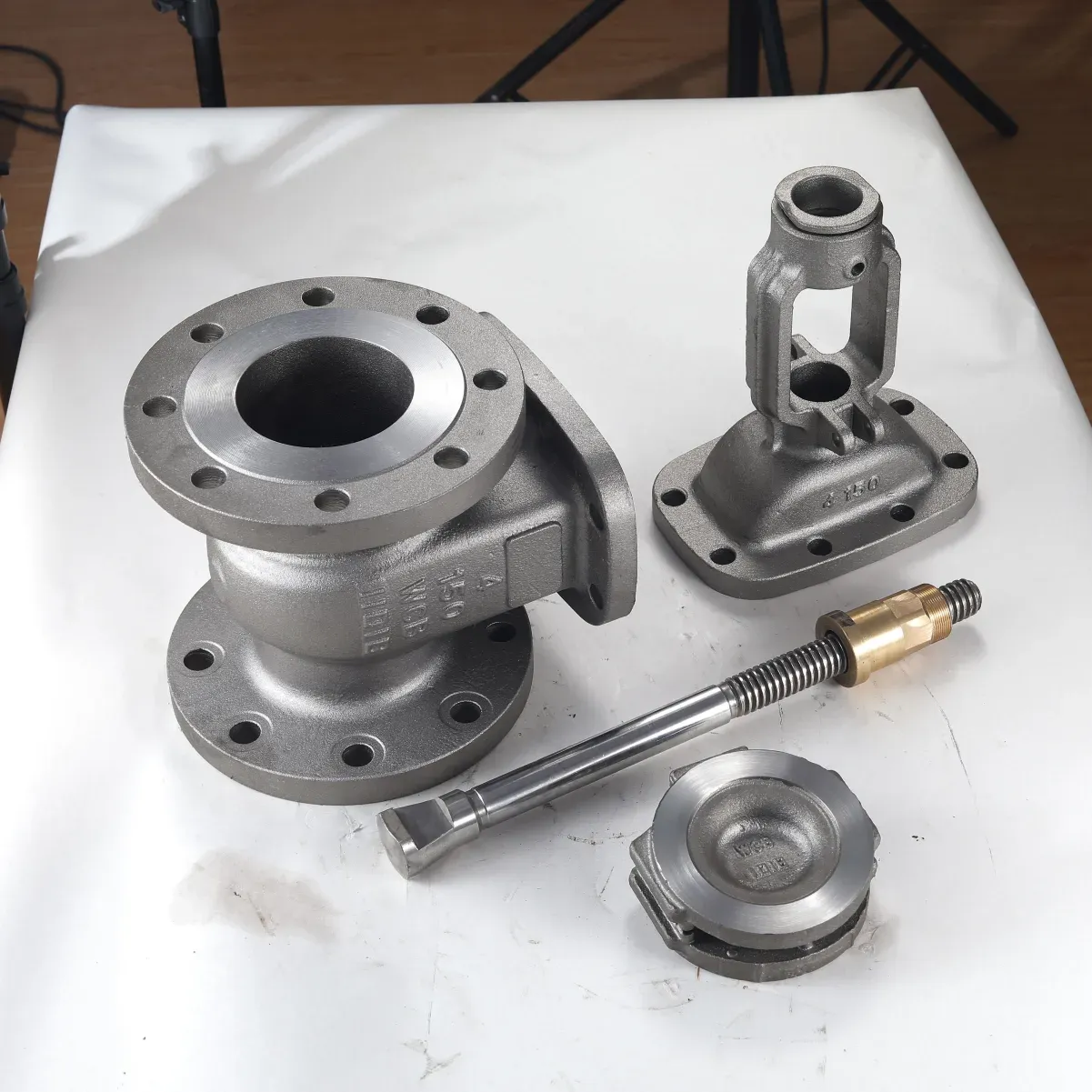Exploring the Functionality and Applications of 3-Way 2-Position Solenoid Valves in Fluid Control Systems
Understanding the 3-Way 2-Position Solenoid Valve
In modern automation and control systems, the use of solenoid valves is imperative for managing fluid flow. One of the most commonly utilized types is the 3-way 2-position solenoid valve. This article delves into its functionality, applications, and advantages, providing a comprehensive understanding of this essential device.
What is a 3-Way 2-Position Solenoid Valve?
A 3-way 2-position solenoid valve is a type of valve used to control the flow of substances in a system. The 3-way refers to the three ports of the valve one inlet and two outlets. The 2-position indicates that the valve can be in one of two possible states either allowing flow from the inlet to one outlet or redirecting it to the other.
This functional design enables the valve to either divert fluid from one pathway to another or to serve as a selector or mixing valve in various applications. When activated, the solenoid creates a magnetic field that moves a plunger or armature, shifting the valve from one position to the other. This shift designates which outlet the fluid will flow through, making it a critical component in automated systems.
Applications of the 3-Way 2-Position Solenoid Valve
The applications for 3-way 2-position solenoid valves are vast and varied. They are commonly found in industries such as manufacturing, automotive, and HVAC systems. Some specific uses include
1. Fluid Control These valves are often employed to control the flow of air, water, or other fluids in various processes. They can switch the flow direction depending on the system's requirements.
2. Mixing and Diverting In situations where two different fluids need to be mixed or when a single fluid needs to be diverted between two pathways, 3-way 2-position solenoid valves facilitate this process efficiently, ensuring precise control over the flow rate and direction.
3 way 2 position solenoid valve

4. Irrigation Systems In agricultural applications, solenoid valves control the irrigation system's water flow, enabling automated watering schedules and more efficient water usage.
Advantages of Using 3-Way 2-Position Solenoid Valves
There are several notable advantages to utilizing 3-way 2-position solenoid valves in various applications
1. Automation and Precision The electronic actuation of solenoid valves allows for precise timing and control within automated processes, enhancing overall system efficiency.
2. Space-Efficient Design The compact nature of these valves makes them ideal for applications where space constraints are a concern. They can be easily integrated into existing systems without requiring significant modifications.
3. Quick Response Time Solenoid valves generally offer fast operation speeds, allowing for immediate changes in fluid flow, which is crucial in applications requiring rapid response.
4. Durability and Low Maintenance Many 3-way 2-position solenoid valves are constructed from robust materials, making them resistant to wear and tear. This durability translates to lower maintenance costs and longer service life.
5. Versatility Due to their ability to manage fluids in multiple ways, these valves are incredibly versatile, making them suitable for a diverse range of applications across industries.
Conclusion
The 3-way 2-position solenoid valve is a fundamental component in many fluid control systems, offering functionality, reliability, and efficiency. As automation technology continues to advance, the importance of such valves will likely increase, positioning them as essential instruments in the evolution of industrial processes. Through their various applications and advantages, they play a crucial role in enhancing operational capabilities, promoting efficiency, and driving innovation within numerous sectors. Understanding this valve's intricacies can help engineers and technicians make informed decisions, optimizing their systems for the future.
-
The Key to Fluid Control: Exploring the Advantages of Ball Valves in Industrial SystemsNewsJul.09,2025
-
The Versatile World of 1, 2, and 3 Piece Ball ValvesNewsJul.09,2025
-
Stainless Steel Ball Valves: The Ideal Choice for Efficient Flow ControlNewsJul.09,2025
-
Optimizing Fluid Control with Ball Float ValvesNewsJul.09,2025
-
Manual Gate Valves: Essential for Control and EfficiencyNewsJul.09,2025
-
Everything You Need to Know About Butterfly ValvesNewsJul.09,2025
-
The Versatility of Wafer Type Butterfly ValvesNewsJul.08,2025




